Welcome to On Verticality. This blog explores the innate human need to escape the surface of the earth, and our struggles to do so throughout history. If you’re new here, a good place to start is the Theory of Verticality section or the Introduction to Verticality. If you want to receive updates on what’s new with the blog, you can use the Subscribe page to sign up. Thanks for visiting!
Click to filter posts by the three main subjects for the blog : Architecture, Flight and Mountains.
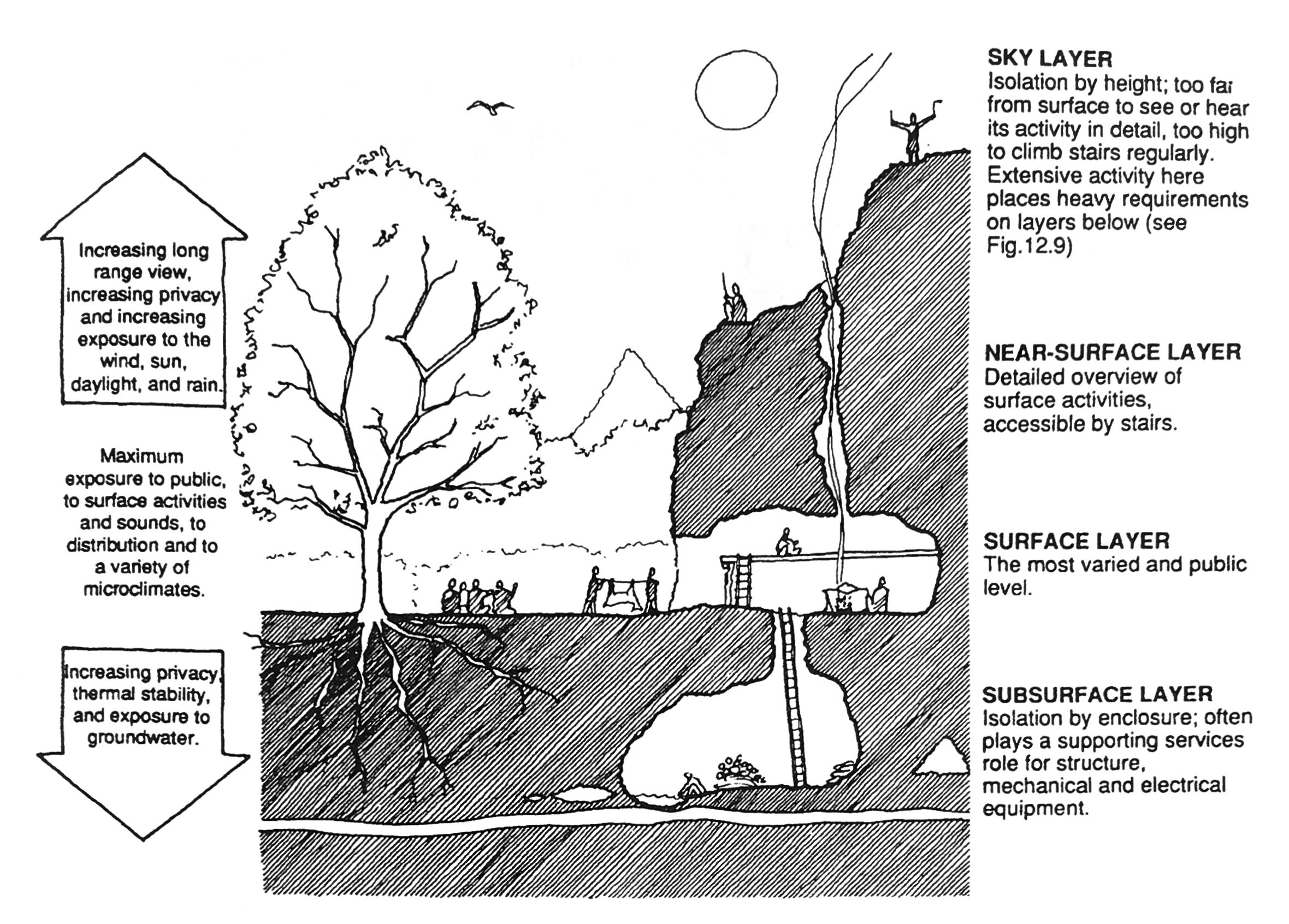
The Horizontal Layers of a Building Site
I was recently browsing through some old textbooks of mine from architecture school, and I came across this gem of an illustration in a building systems textbook from my undergrad years. This was long before I began forming my theories related to verticality, so I was quite fascinated to see a strong correlation between my definitions of the underground, the surface, and the sky to the subsurface, the surface and the sky layers shown above.
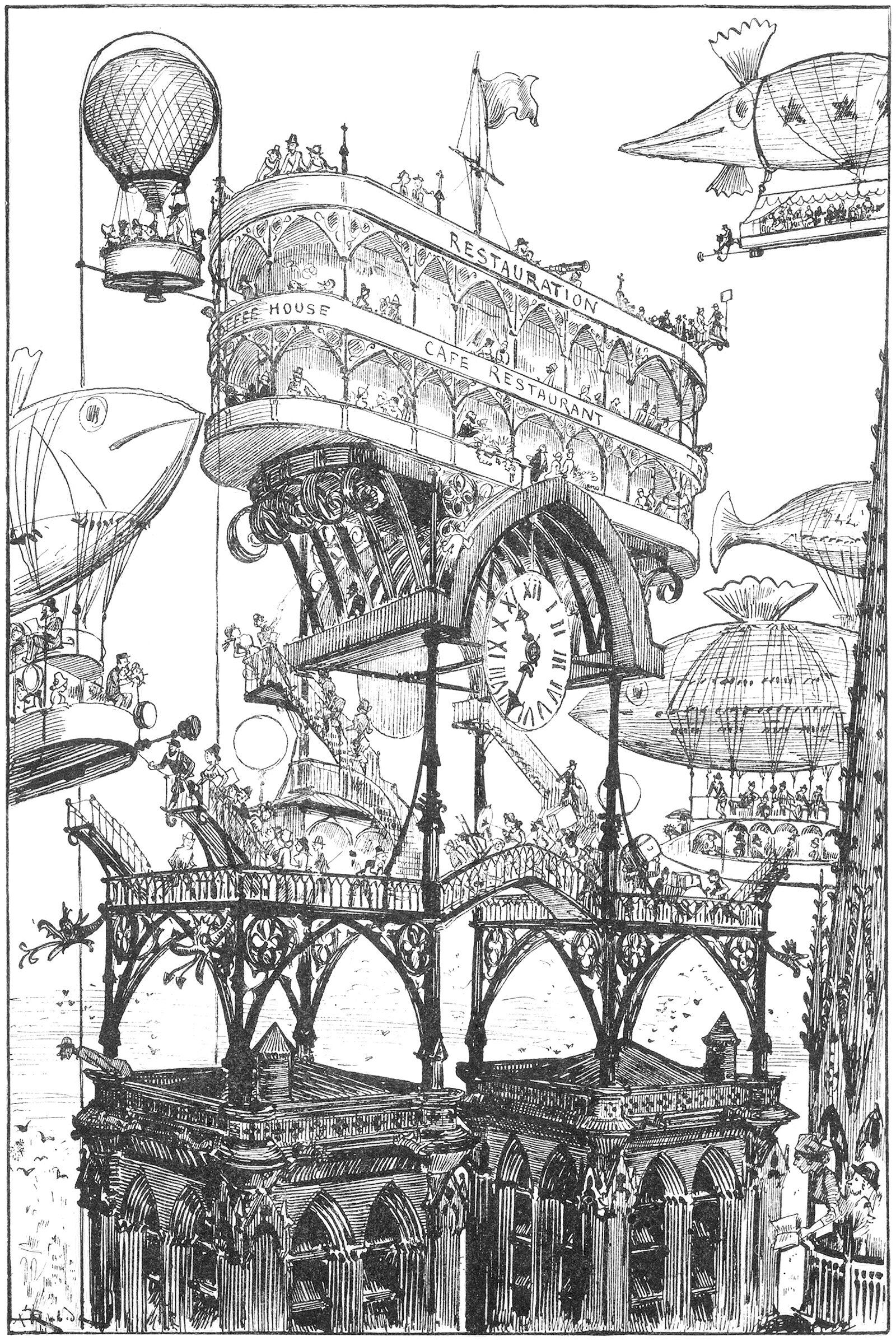
An Airport on top of Notre Dame
The above illustration was drawn by Albert Robida for his 1883 novel Le Vingtième Siècle, or The Twentieth Century. The novel describes a future vision for Paris in the 1950’s, focusing on technological advancements and how they would affect the daily lives of Parisians. Here he shows an elaborate transit station built on top of the bell towers of the Notre Dame Cathedral. It’s a wonderfully ambitious idea, and it represents modernity overtaking history.

Franz Reichelt’s Fatal Leap from the Eiffel Tower
Pictured above is an illustration showing Franz Reichelt, a French tailor and inventor who was an early pioneer of parachuting. He had developed a wearable suit for pilots that would expand into a parachute should they need to eject themselves from their aircraft. He tested the design from the first deck of the Eiffel Tower in 1912, falling to his death after the parachute failed to open properly.
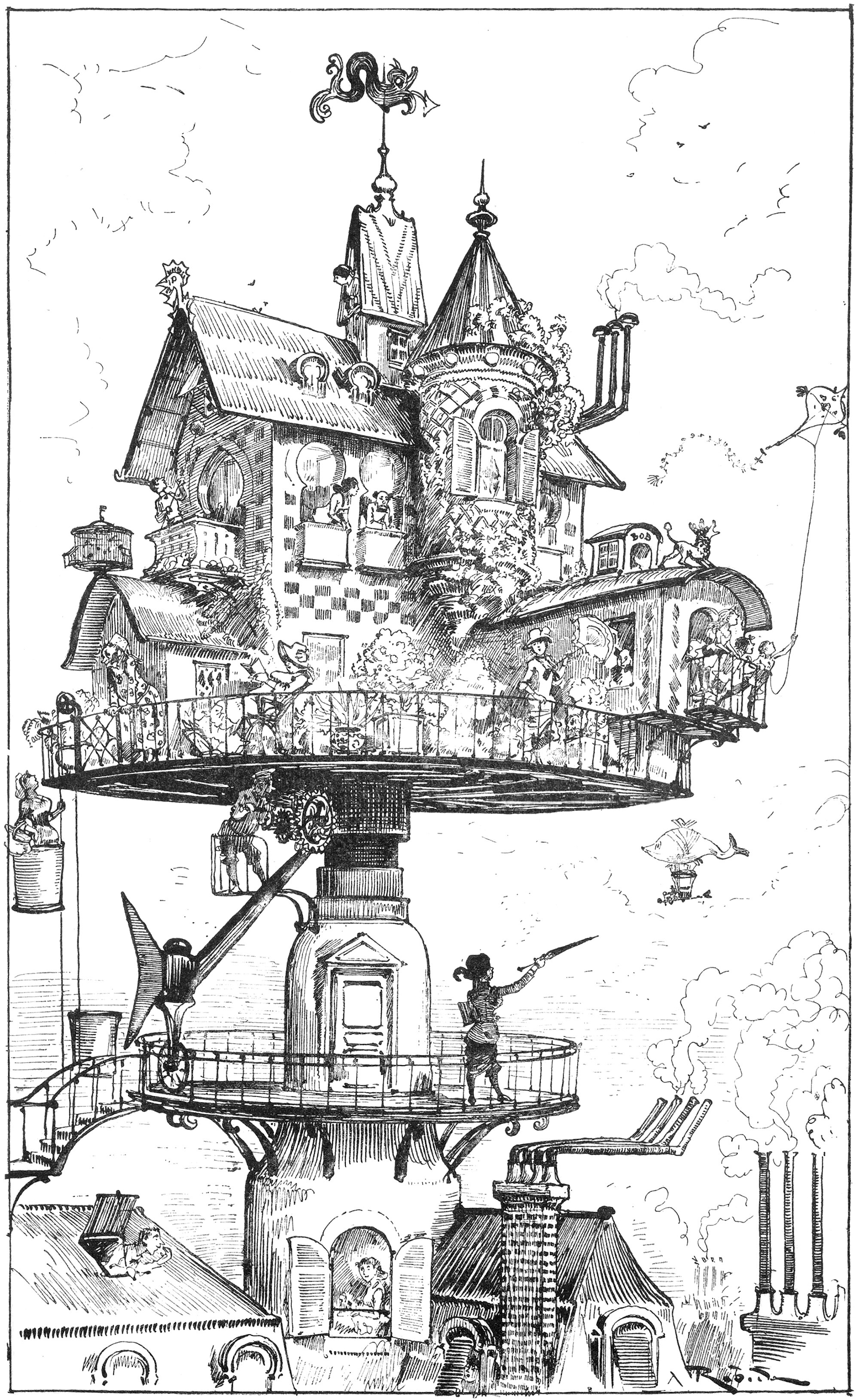
Albert Robida’s Aerial Rotating House
The above illustration was drawn by Albert Robida for his 1883 novel Le Vingtième Siècle, or The Twentieth Century. The novel describes a future vision for Paris in the 1950’s, focusing on technological advancements and how they would affect the daily lives of Parisians. Here he shows a house that’s been raised up on a rotating table. It’s a quirky image, but it also makes a statement on overcrowding and access to light and air for urban residents.
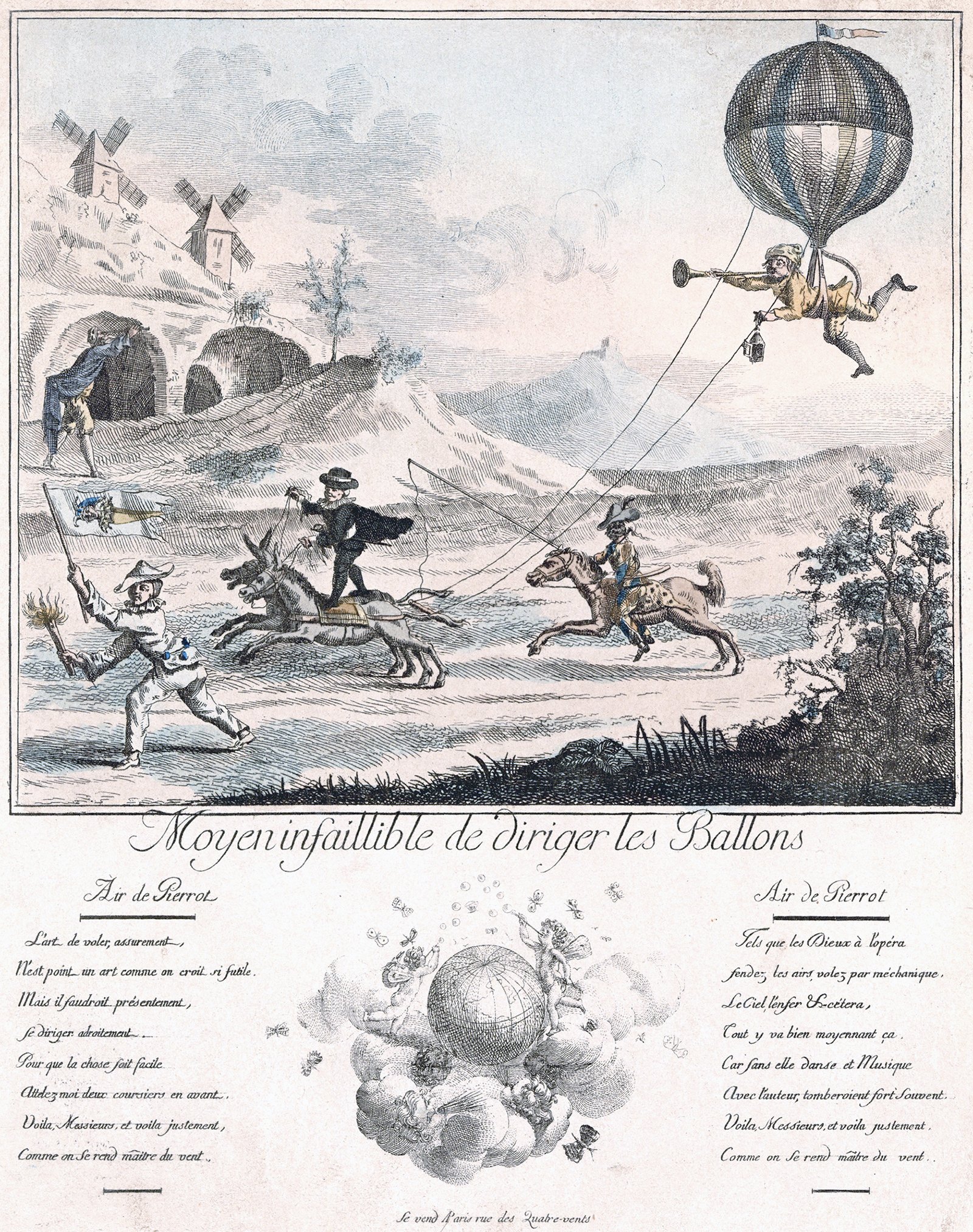
A Foolproof Way to Direct the Balloons
The above illustration shows a comical scene involving a man suspended from a balloon being pulled by a pair of horses. It was drawn in 1787 and it’s titled Moyen Infaillible de Diriger les Ballons, or A Foolproof Way to Direct the Balloons. It’s meant to be a satirical take on ballooning at the time, when flight was front-and-center on the public stage. The characters in the scene are from commedia dell'arte, which is a type of theatre with recurring archetypal characters.
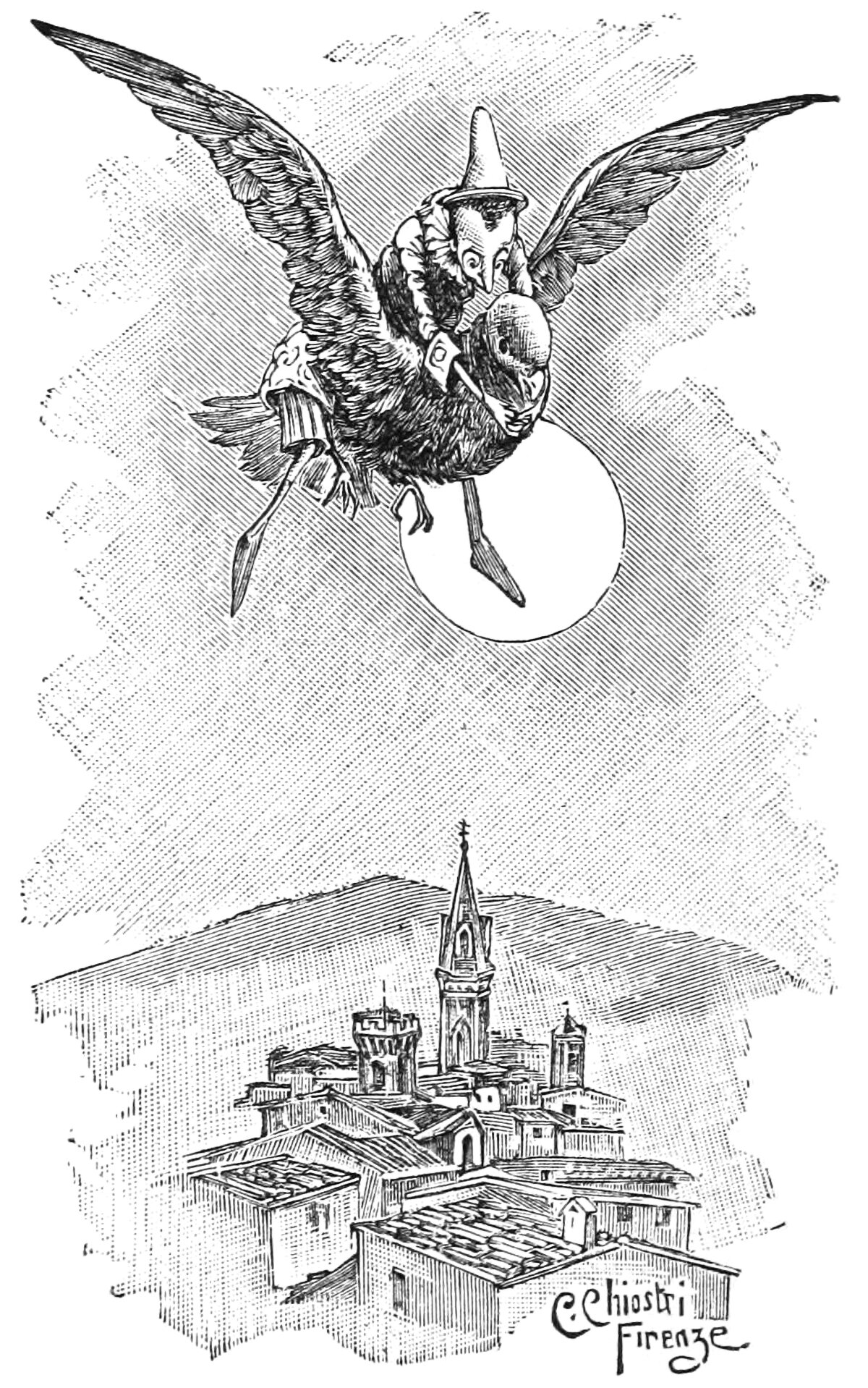
Pinocchio’s Feathered Steed
Folklore and fantasy are full of references to the power of flight. These references usually take one of two different forms. The first are characters who can actually fly, and the second are characters who fly by means of another creature. Examples of the first are fairies, angels, cherubs, and seraphs, among many others. The illustration above shows an example of the second. It’s from Carlo Collodi’s 1883 children’s book The Adventures of Pinocchio, when the titular character hitches a ride on the back of a giant pigeon.

Albert Robida’s Vision for Paris
The above illustration was drawn by Albert Robida for his 1883 novel Le Vingtième Siècle, or The Twentieth Century. The novel describes a future vision for Paris in the 1950’s, focusing on technological advancements and how they would affect the daily lives of Parisians. Here he shows a vision for the night sky above Paris, which is dotted with various types of flying machines.
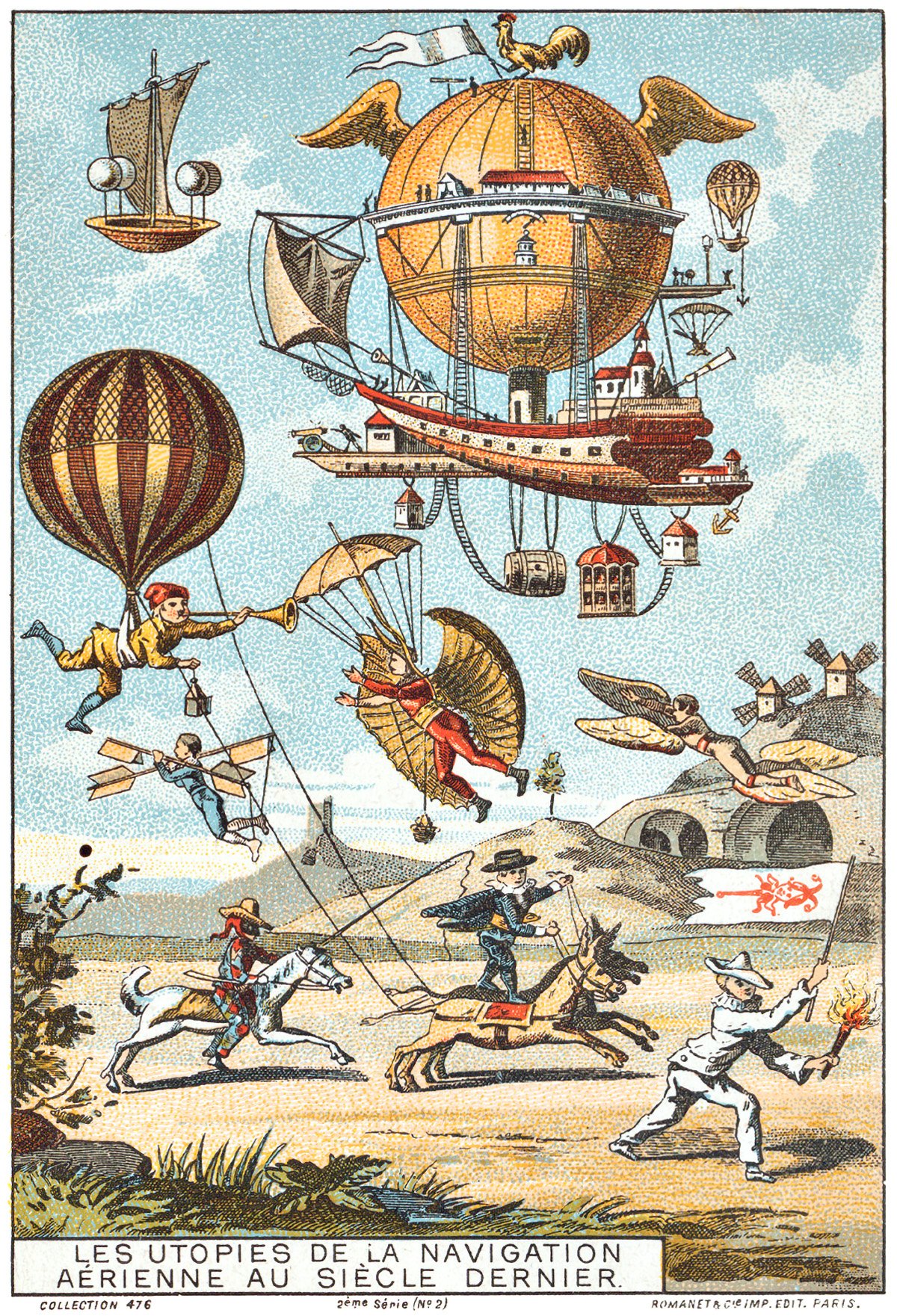
Utopian Flying Machines of the Previous Centuries
Pictured above is a French illustration from 1890, showing a collage of French flying machine ideas from the previous few centuries. The caption reads Les Utopies de la Navigation Aérienne au Siècle Dernier, which means The Utopia of Air Navigation in the Last Century. There are six flying machine ideas shown together in the sky.
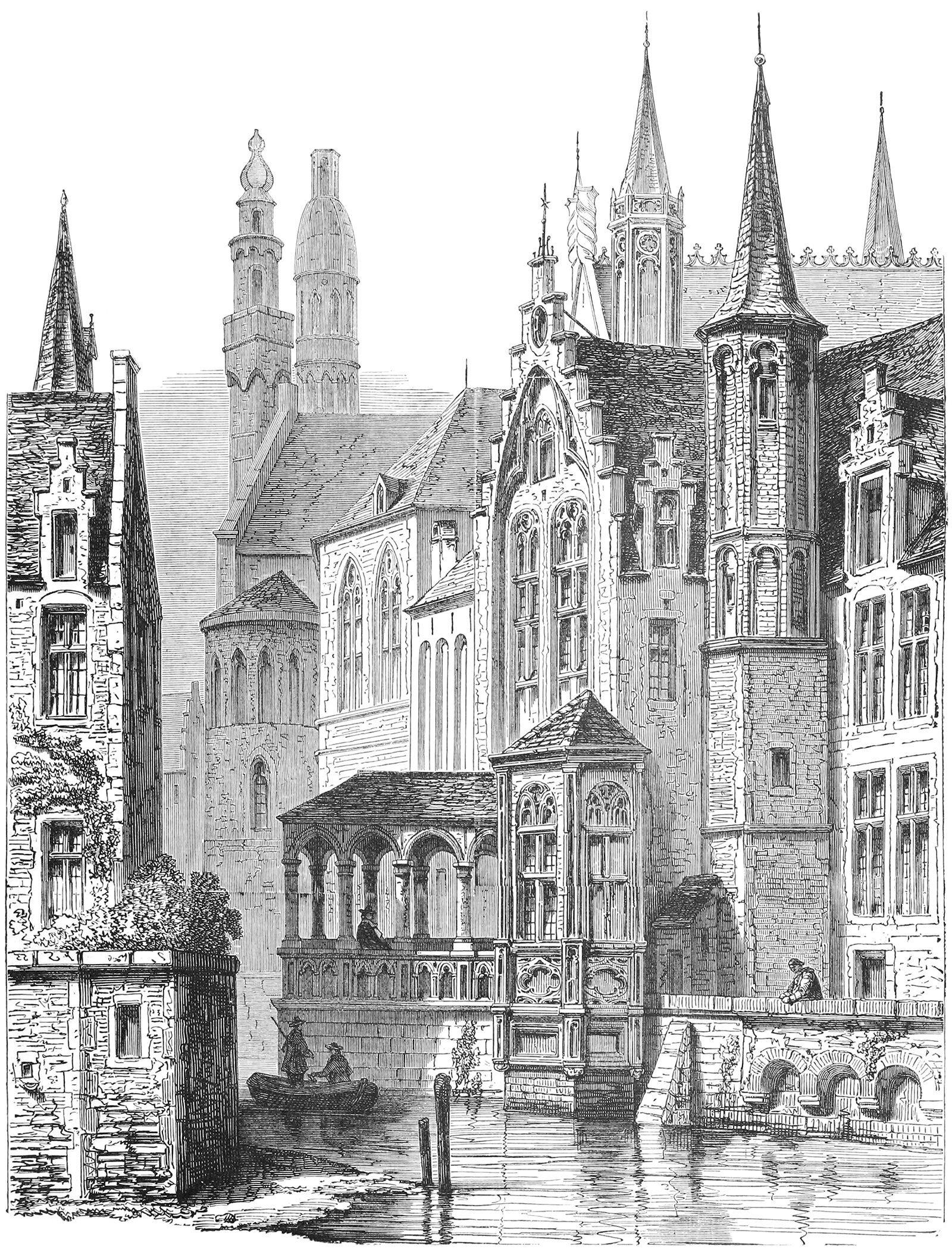
The Vertical Townscape
I came across this illustration recently, and I was immediately struck by it. It was drawn in 1880 and shows a medieval canal in Bruges, Belgium. What struck me was how the entire townscape seems to reach upward toward the sky. The scene is an amalgamation of turrets, towers and pinnacles, and the effect is a forest of brick and wood with each part jockeying for position on the skyline.

Albert Robida’s Eighteen-Story House
The above illustration was drawn by Albert Robida for his 1883 novel Le Vingtième Siècle, or The Twentieth Century. The novel describes a future vision for Paris in the 1950’s, focusing on technological advancements and how they affected the daily lives of Parisians. Here he shows what an apartment building might look like.
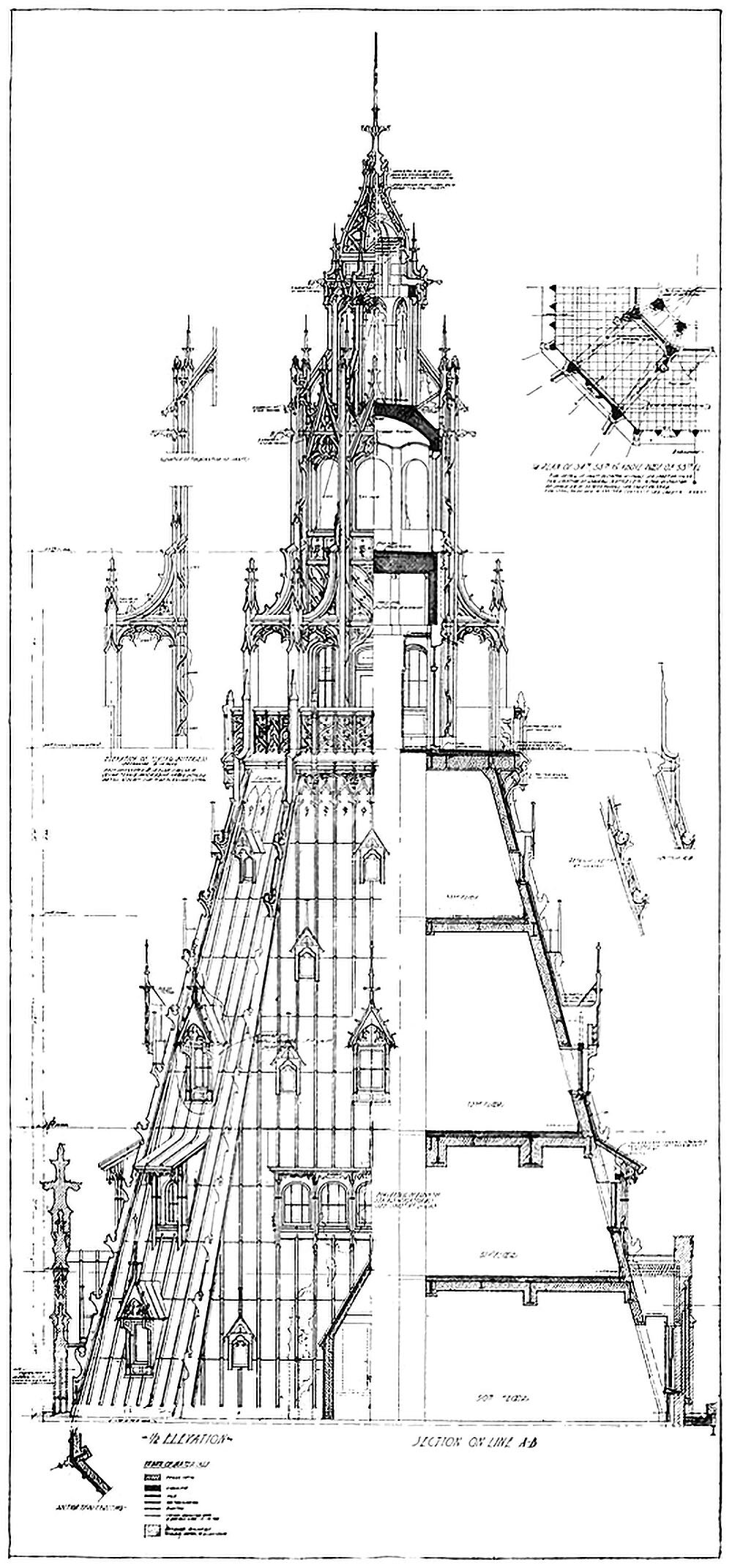
The Woolworth Building and the Question of Ornament
Pictured here is a combined elevation and section showing the crown of the Woolworth Building in New York City. Completed in 1912, the tower was the tallest building in the world at the time, and featured Neo-Gothic detailing throughout. As the drawing shows, this detailing is largely superficial, however. This is highlighted by the stark contrast between the left and right hand side of the drawing. This dichotomy between exterior and interior raises a couple questions related to verticality.
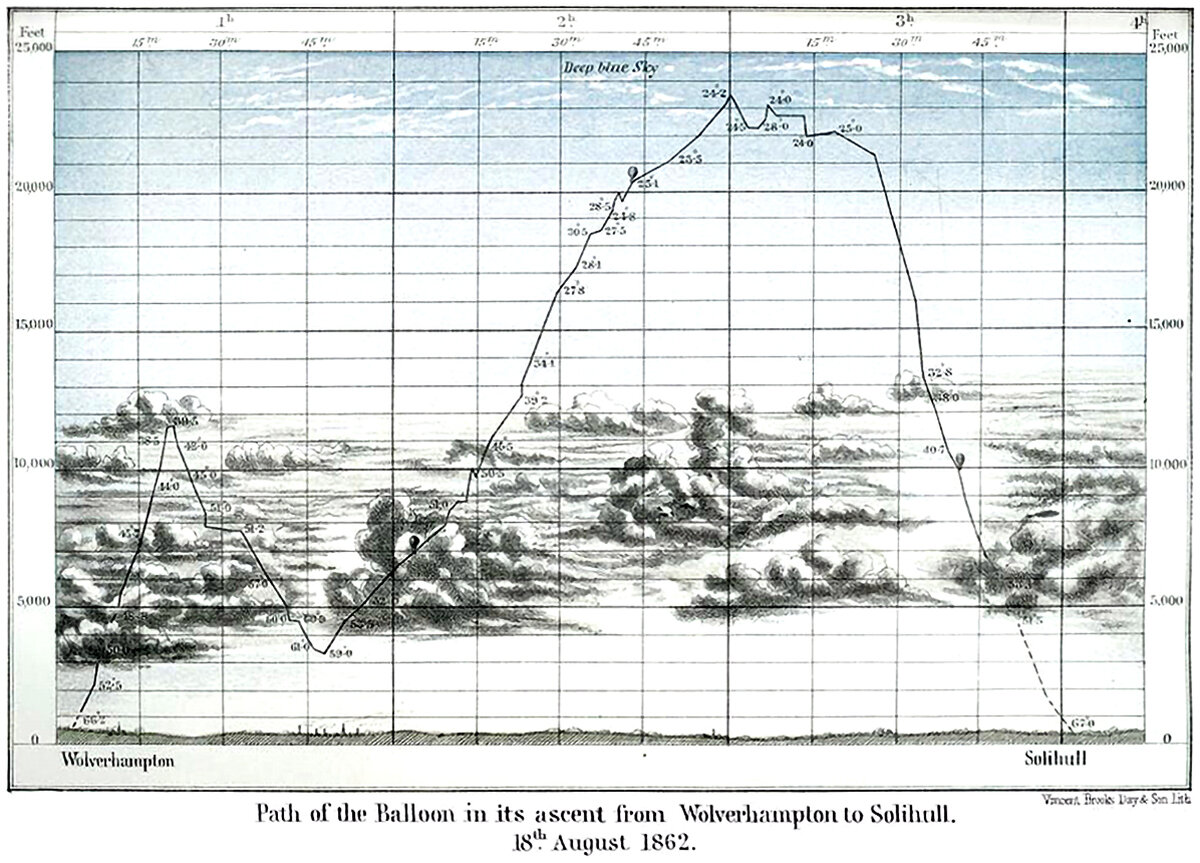
What Goes Up, Must Come Down
I love a drawing that tells a story. Here’s an illustration that does just that; it’s a diagram showing the flight path of James Glaisher’s balloon on 18 August 1862, which travelled between Wolverhampton and Solihull, just outside Birmingham in England. It’s essentially a graph that plots altitude over time, with some embellishments added for effect. The story being told is in the graph’s line, which ascends and descends just as the balloon did during its flight.

The Woolworth Building Tower Above the Clouds
The Woolworth Building was the tallest building in the world when it was completed in 1913. It towered above Lower Manhattan and dominated the skyline of the city. The above photograph was taken in 1928, and it shows the crown of the tower poking up through the clouds, inhabiting an otherworldly realm of sunlight and clouds. This is an iconic image, because it shows that buildings as tall as this achieve verticality for their occupants. On a day like this, the upper reaches of the building are truly in the sky.
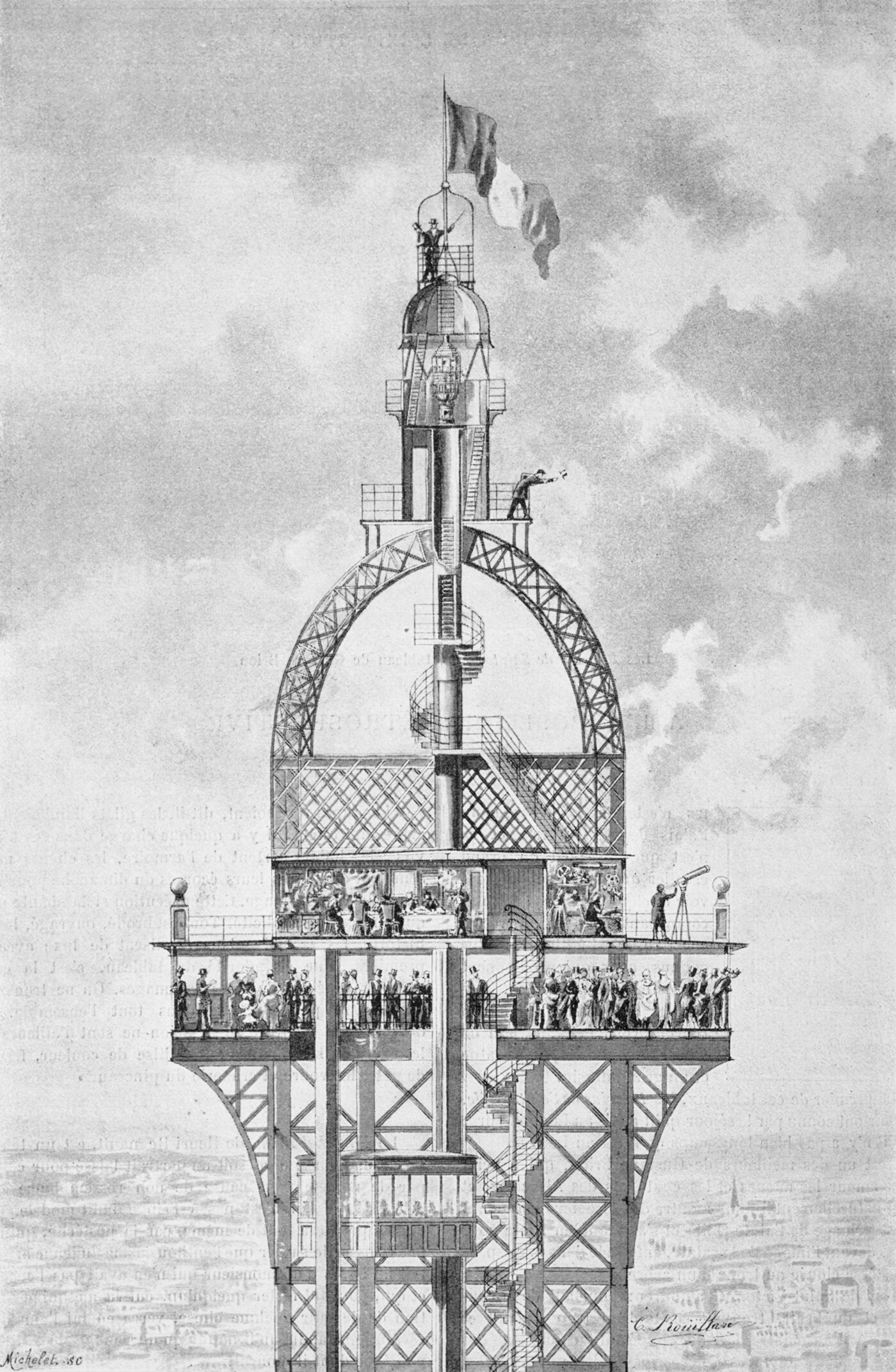
The Secret Apartment at the Top of the Eiffel Tower
Pictured above is an illustration of the Eiffel Tower’s original crown design. You can see the main observation deck, which is packed with people, all enjoying the view atop the tallest building in the world. Unbeknownst to them, however, is the private apartment located on the floor just above them. It was designed by and for Gustave Eiffel as a private space for himself to entertain notable guests and perform scientific experiments. It’s generally referred to as the secret apartment, but it was fairly well-known to the public that Eiffel built the space for himself.

A Mountain of Mountains
Check out this illustration from 1832 of the Principal Mountains in the World. It was drawn by John Dower, and it organizes the world’s mountains into a set of mountains, each from a different region in the world. There are five ‘peaks’, including the British Isles, Africa, Europe, America and Asia. These are ordered from lowest to highest, and they are superimposed on top of one another. This makes it quite simple to compare relative heights across continents, and to understand where the highest peaks are in relation to one another.
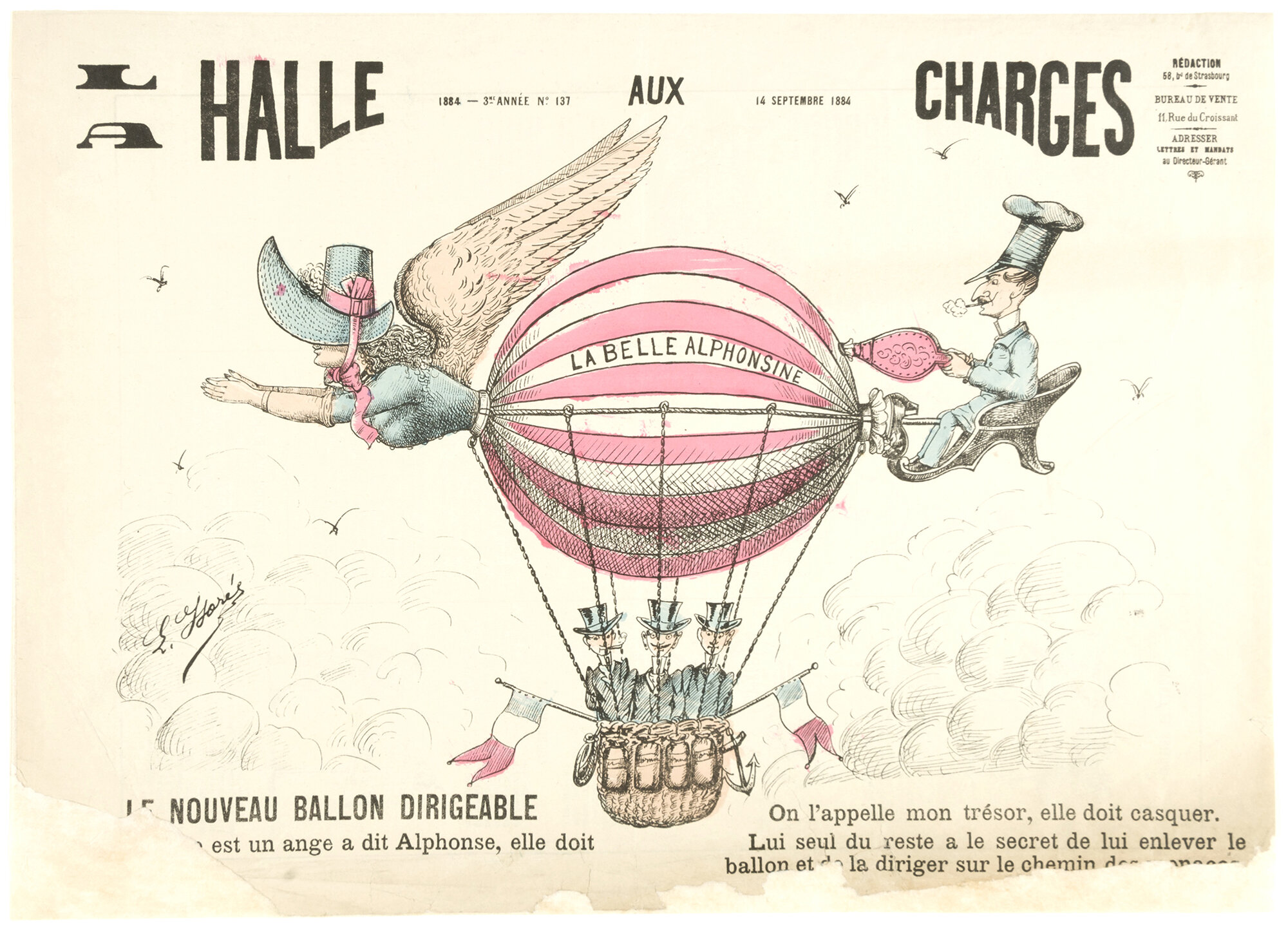
La Belle Alphonsine by E. Florés
In the eighteenth and nineteenth centuries, the human quest for flight was continuously on the public’s mind, and the above illustration is a testament to this. It’s from the front page of a French newspaper called La Halle aux Charges from 14 September 1884. This newspaper was well-known for it’s political caricatures and social commentary, and their choice to put a fictional balloon on their front cover is the perfect representation of what a successful flight means for all those involved.
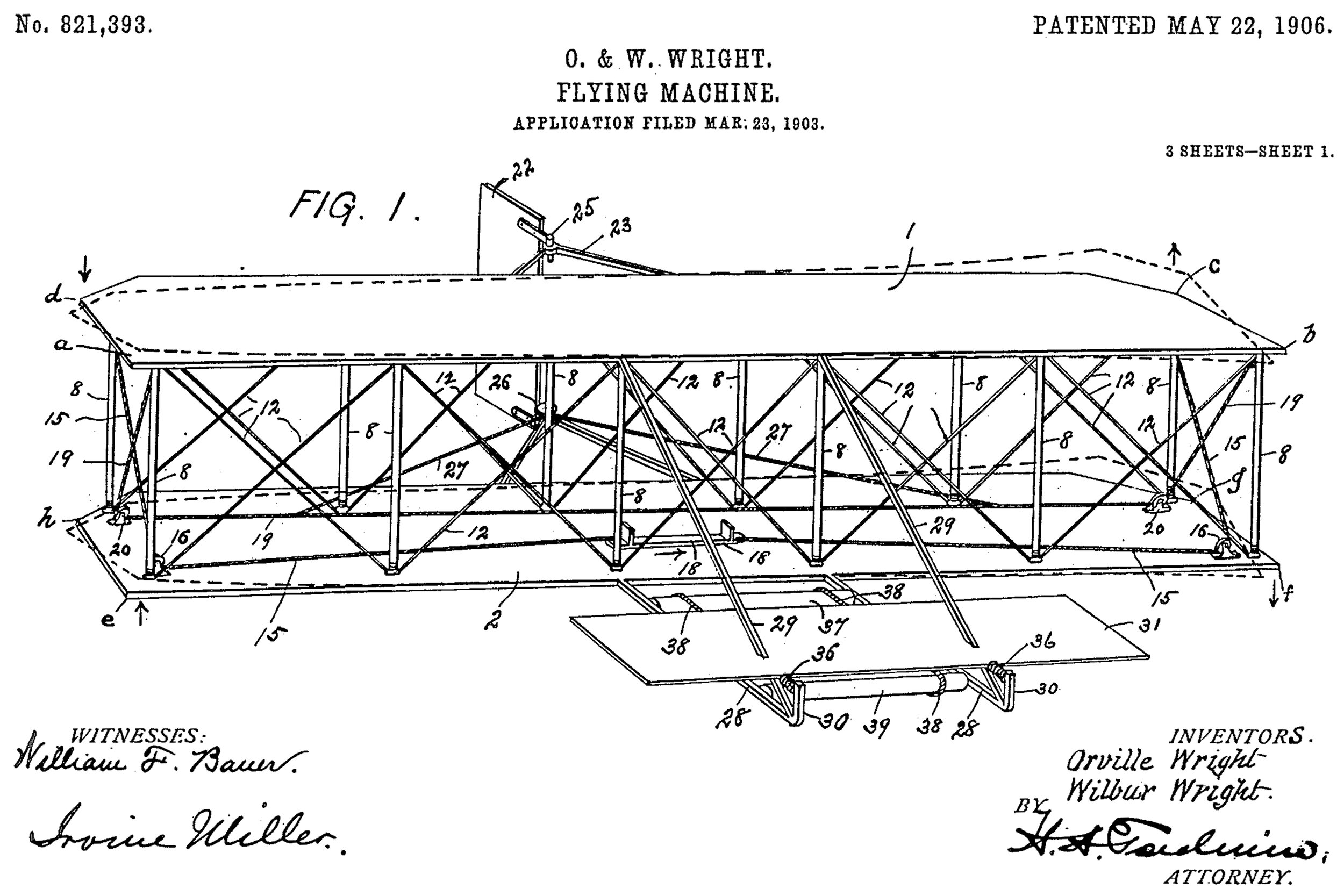
The Wright Brothers’ Flying Machine Patent
I find it fascinating to look at patent drawings of iconic designs throughout history. It’s like you’re getting a glimpse of the design process, before an object enters the public consciousness. Pictured above is a patent for the Wright Brothers’ flying machine, which has since become synonymous with the first ever powered flight. I love how drawings like this strip away any artistic style or vision, and just focus on the object itself. This is a hugely important object that lives on in the history of aviation and human achievement, but it’s rendered here in the most basic, unpretentious way.

The Isolation of Flight
Have a look at the above illustration. It shows an airship high up in the clouds, isolated and alone up in the sky. This view encapsulates the idea that humans are surface-dwellers, and we’re not built for a life in the clouds. Throughout our history, we’ve spent untold amounts of time and energy trying to escape the surface of the earth, but the reality of such an escape is so foreign to our needs, that it creates a conflict within us.
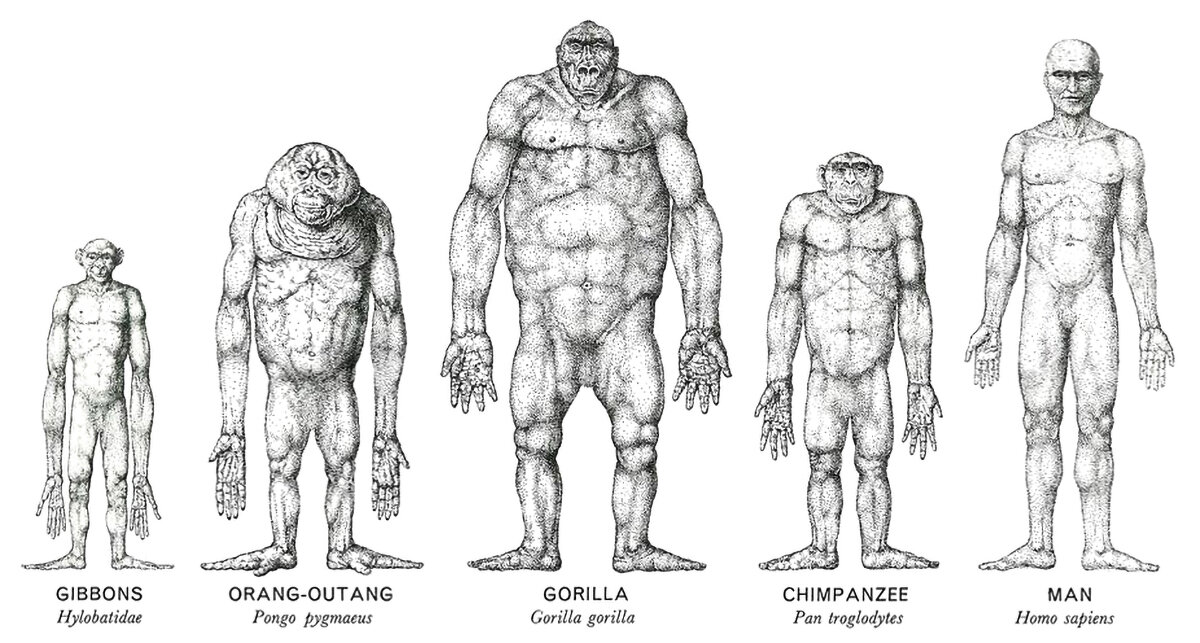
A Comparison of Apes and Man
I’ve been watching a few documentaries on chimpanzees lately, and I’m continuously struck by how similar we humans are to our ape cousins. Our body language and social interactions closely relate, as well as our physical bodies. The major distinction between us and our ape cousins is that we walk upright on two legs. The above illustration caught my eye because It compares the human body to other members of the hominoid family, much like a police lineup. This approach is intriguing, because it shows everyone standing upright on two legs. This, along with removing all hair from the bodies, allows for an easy comparison between the species.
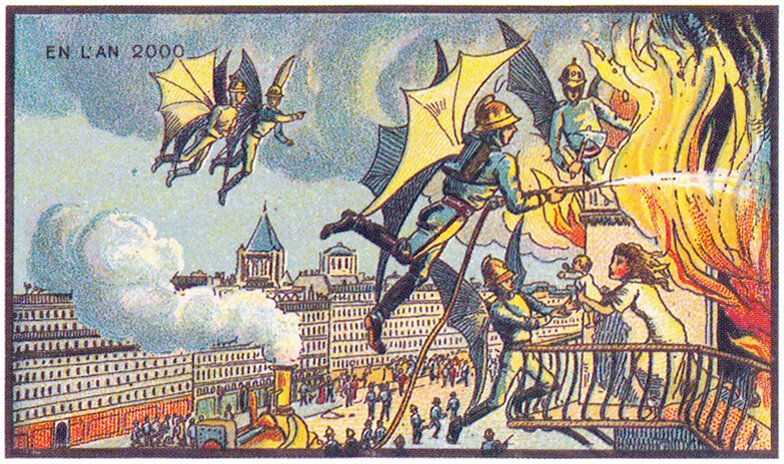
En L’An 2000 : In The Year 2000
Imagine a future where flight is commonplace, and the skies are full of flying people, including police officers, fire fighters, postman, and countless others, zipping around above our heads. That’s what a group of artists led by Jean-Marc Côté dreamed up in 1899 when asked to imagine light-hearted inventions that would contribute to the future. The result was a series of nearly 90 vignettes called En L’An 2000, which means In the Year 2000. The pieces were originally printed as cigarette cards, and later made into postcards. They include a variety of subjects, with a distinct focus on flight and flying machines.
